16 Living Room Remodel Tips to Design Your Perfect Space
A living room remodel can take many forms, from a simple refresh to a complete gut job. Whether you’re simply painting your walls in an apartment in Phoenix, AZ, or doing a complete makeover in a house in Philadelphia, PA, there are a few things to keep in mind that will help you get the most out of your living room remodel. First, think about how you want to use the space. Do you need more seating for entertaining? Does the room need to be more functional for day-to-day life? Once you understand how you want to use the space, you can begin to formulate a plan.
To help you embark on your living room remodel, we gathered some of the top tips and expert insights for revamping a space. Let’s get started.
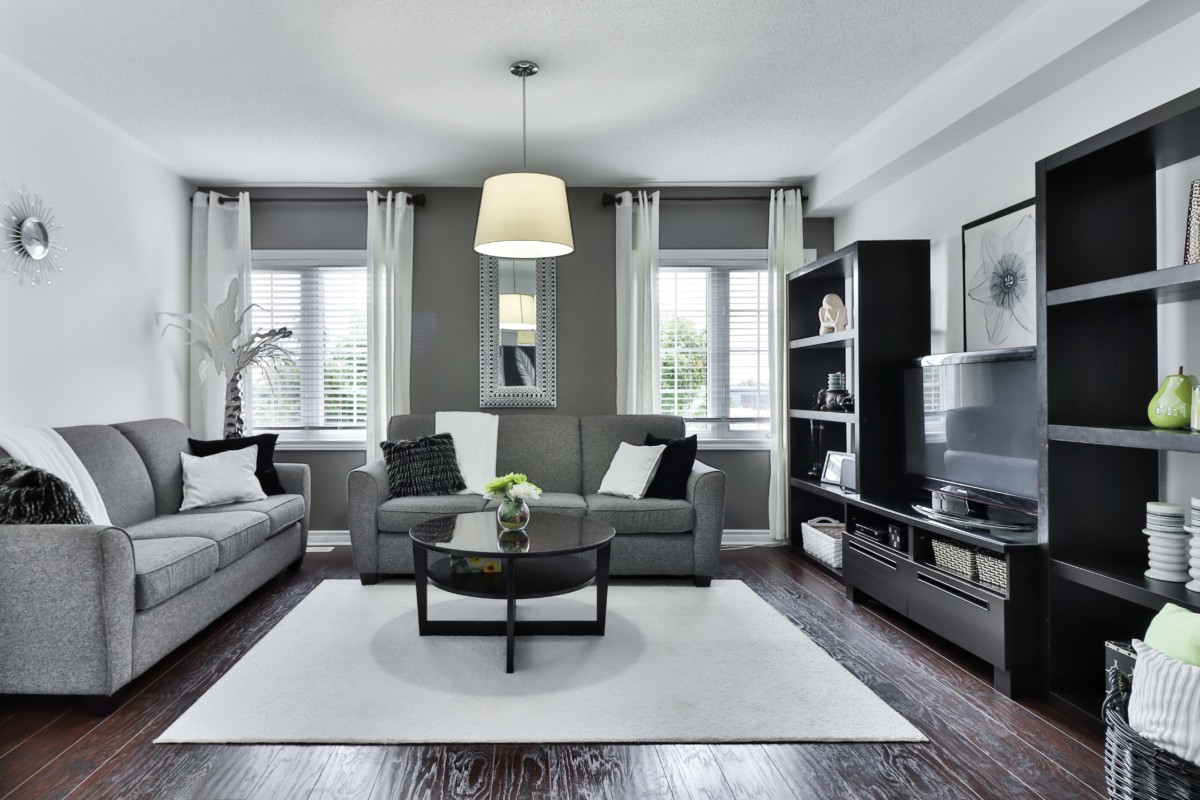
#1: First, clean and declutter your living room
Getting a sense of your entire room without messes or clutter is essential. This way, you can take accurate measurements, look into the nooks and crannies, and divide your space into zones.
“Decluttering helps you avoid moving things around during the renovation and will make the process smoother,” says Viktor Dub from The DIY Plan. “Start by going through each room and selling anything you don’t need or use. By selling unused items, you’ll also get extra cash for your renovation while cleaning your house.”
Pro tip: keep your living room tidy with kids
“It can be challenging to keep your living room clean if you have kids,” says Michelle Hyduchak, Creator of The Tidy Tot. “ If your kids play in this area frequently, keep a few easily accessible toys and games in bins that you can incorporate into your decor. Not only do the bins look great, they make it easy for everyone to clean up.”
#2: Determine the purpose of your remodel
One of the first things you should do when starting a remodeling project is to determine the project’s purpose. Are you remodeling because you’re looking to sell your house, or are you remodeling because you’re planning to stay put and want to refresh your space?
“If you’re staying in the home you’re remodeling, you can choose whatever finishes you want,” says Michael Katsibas, Founding Partner of the architecture firm KAP Studios. “If you plan to sell your home, keep any permanent items (walls, floors, ceilings) neutral and introduce character through furniture and artwork. To make your spaces feel larger, carry finishes and furniture styles from the inside to the outside.”
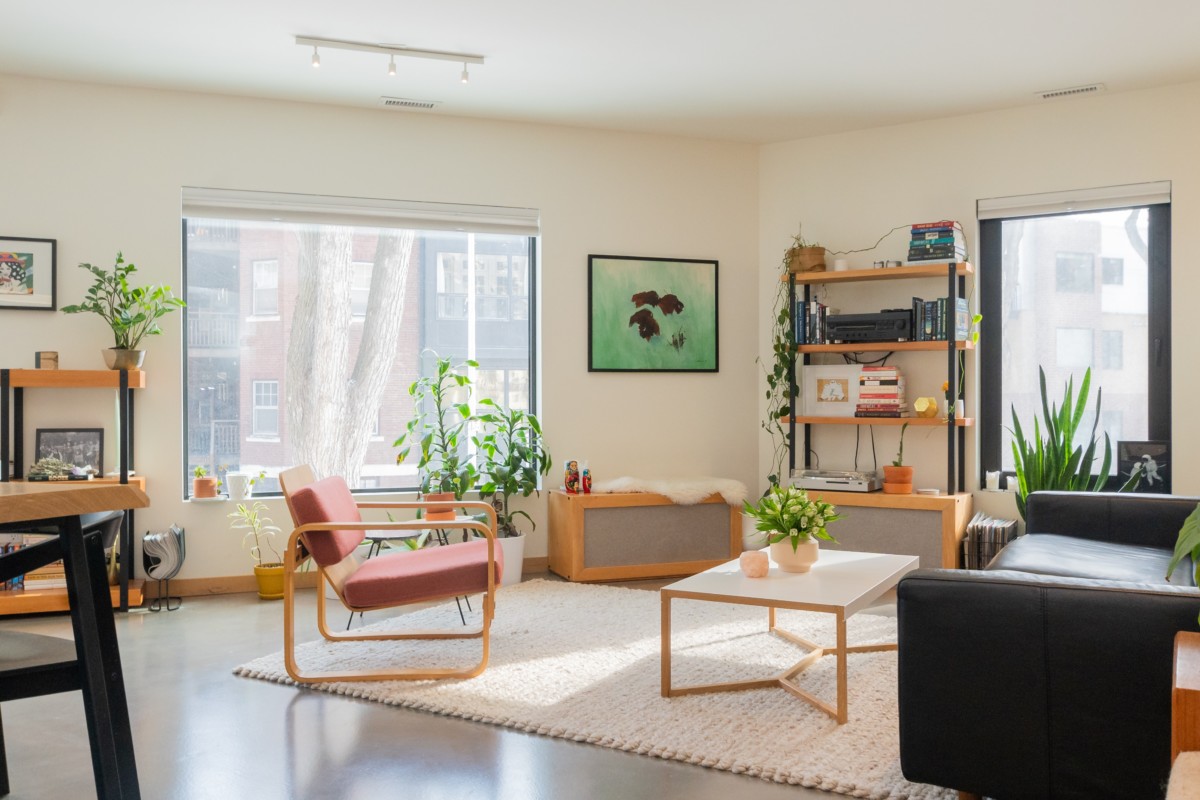
#3: Ask yourself a few questions
Before you start knocking down walls or installing new flooring, you should stop and ask yourself a few questions. Your answers should help inform the overall design of your living remodel.
Leslie Markman-Stern from Leslie M. Stern Design recommends asking yourself, “How will you use the room? If you’re an entertainer, consider more elaborate finishes. If you prefer quiet nights at home, incorporate soft touches throughout.”
#4: Create a vision for your space
Having a vision is vital to any remodeling project. The Northeast Kitchen and Flooring team implores you to keep your vision in mind during renovation. “When remodeling your living room, it’s important to think about the overall look and feel you’re trying to achieve,” they say. “Make sure to choose the layout, colors, and materials that match your vision. For example, natural materials like wood, stone, and rattan are a hit in the interior design industry. If you’re aiming for a modern look, try using a restricted color palette to help you create a sophisticated space.”
Creating a physical vision board that you can consistently reference can significantly help during the remodeling process. “For example, if you like a minimal and neutral style, think about what items are essential for you,” shares Shelley Clarke from The White Interior. “Then, create a visual board with those items to fully understand how they work together.”
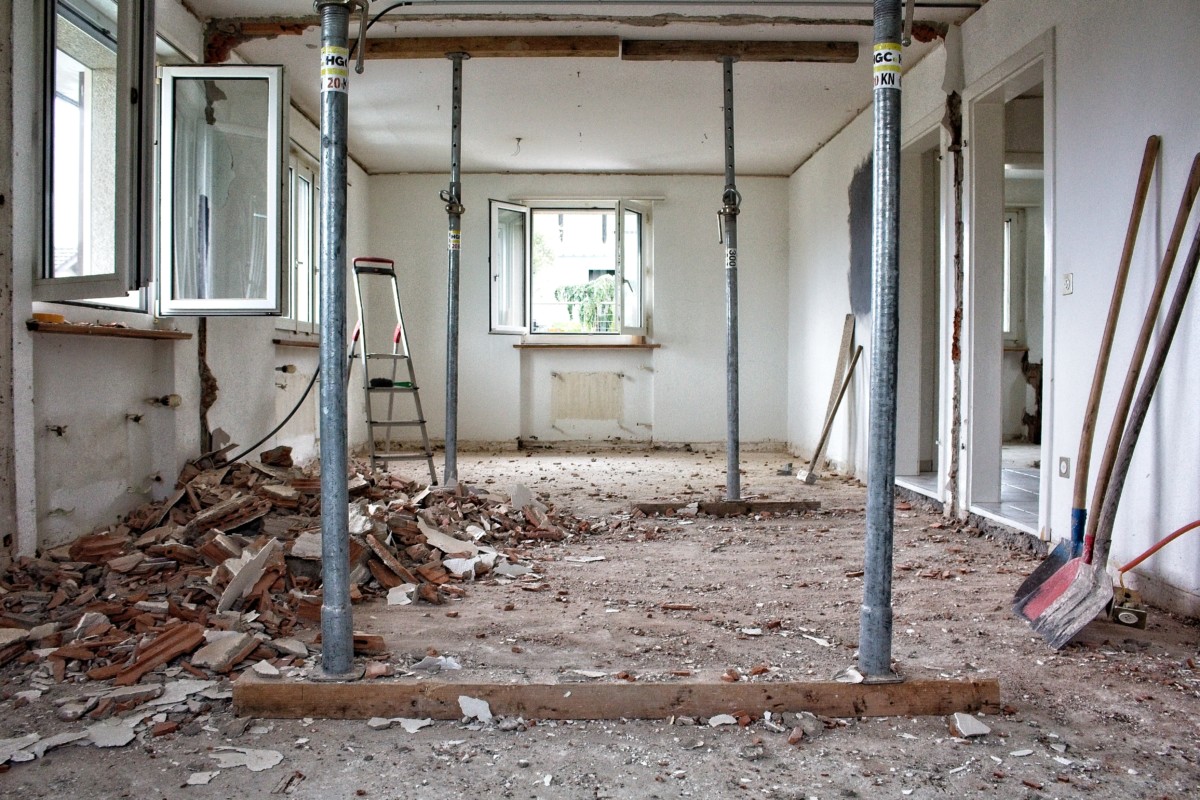
#5: Think about your room’s functionality
When remodeling a living room, think about how you use the space. “Lighting, furniture, paint color, and décor can have such an impact on how you feel, so it’s important to choose functional and stylish options,” notes Michele Murphy, owner of Michelle Murphy Interior Design. “Comfy sofas are great for family time, while higher-end furnishings can create a classy mood for entertaining.”
Bringing purpose into your design is essential. This is where the team at Ten Key Remodels excels. “Take a moment to consider what motivates you or what is missing in your daily life,” they say. “By looking at functionality, you can transform a tiny unused nook into a cozy reading spot. Locate the right corner, add a gentle glow with a stylish floor lamp, bring in a soft accent pillow, and finish with some greenery.”
#6: Consider how your living room relates to the rest of your home
Remember to think about how your new living space will look and feel with the rest of your home.
“Make sure you pay attention to your decor and how it relates to the size of the room, how it corresponds with your traffic pattern, and how it fits into the rest of your floor plan,” says Abigail Dixon from Heritage Kitchen & Bath. “Remember, less is more.”

#7: Think about artwork early on
Contrary to popular belief, if you have art, plan your design around it. This way, your room flows together and delivers a cohesive experience rather than a disjointed jumble of items.
Stephen St. Claire from St. Claire Art says that “many people wait until the end to think about art when it should be the other way around. The right piece of art can tie a room together while creating new emotions.”
Sarah Reeder, CEO of Artifactual History Appraisal, agrees that art should be at the forefront of your living room design. “Start with the art,” she states. “Like a beloved piece of jewelry or your favorite fashion accessory, art is where you can indulge and go wild. Once that’s done, you can move on to your larger finishes and furniture to tie your room together.”
“To start, choose between a single piece or a grouping of pieces,” says Tiffany Bertolami-Fong from Bertolami Interiors. “Next, decide how you will display your art, making sure to keep groupings similar. If your space is busy, try something soothing and simple. Play with a more complex subject matter if your space is more modern. Above all, choose pieces that you enjoy looking at.”
If hanging your art is causing you stress, remember that you don’t have to display art on a wall. “If you’re looking for functionality and customization, use picture ledges or simply lean the art on shelves, sideboards, mantles, or even the floor,” notes Cattie Coyle from Cattie Coyle Photography. “Large art pieces can be difficult to hang on your own and make a big statement when leaned against a wall.”
#8: Bring your personality and style into your living room remodel
Integrating your personality into your living room will help you feel welcome and comfortable in the space.
Sallie Lord from GreyHunt Interiors agrees and has a unique tip for incorporating personal styles into your design. “Try blending different styles as no one has just one flavor,” she notes. “Color or monochromatic, minimalist or maximalist, fall for what you love and mix them together.”
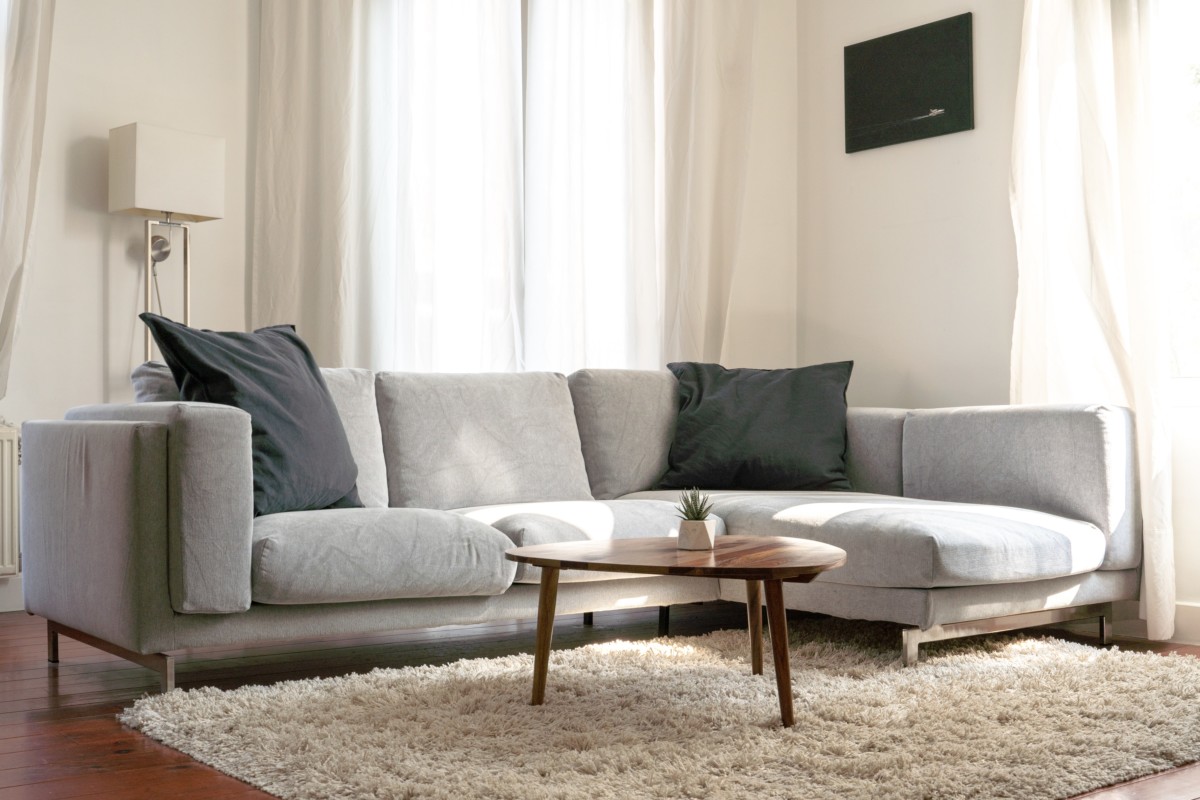
#9: Prepare for big-ticket items
New flooring, wall addition and removal, and fireplace construction require professional help. So before you splash the cash, do plenty of research and consider your options. Here’s what experts have to say.
Annie Clougherty from The AC Team says that supply and demand are causing living room remodels to be extra expensive. “This year, people are gravitating toward renovating their living rooms rather than kitchens or bedrooms. Everyone seems to want glamorous fireplaces with fancy backsplashes and reclaimed wood mantels. Clean lines and minimalist design are also making a comeback, along with white paint and dark wood flooring. If you go this route, expect to pay a premium for materials and labor.”
“If you want to add or tear down walls in your living room, you need to hire a contractor,” says Justin Havre, Team Leader of Justin Havre & Associates. “Hiring contractors is just as essential as the remodel itself, so be sure to thoroughly interview each candidate and get a detailed, itemized list of estimates for the project.”
#10: But remember, remodels don’t have to break the bank
Updating your living room can be an expensive project, but it doesn’t have to be. You can easily transform your space without emptying your wallet with a few simple DIY projects.
Tammy Titus from Kemper Carpet believes in budget-friendly solutions. “Many people like updating their flooring and fireplaces,” she says. “However, these can be expensive. For your fireplace, consider painting the brick, changing the backsplash, or adding floating shelves. For flooring, try adding a rug to break up your space. Rugs can combine the contemporary and traditional feel while adding pattern and color.”
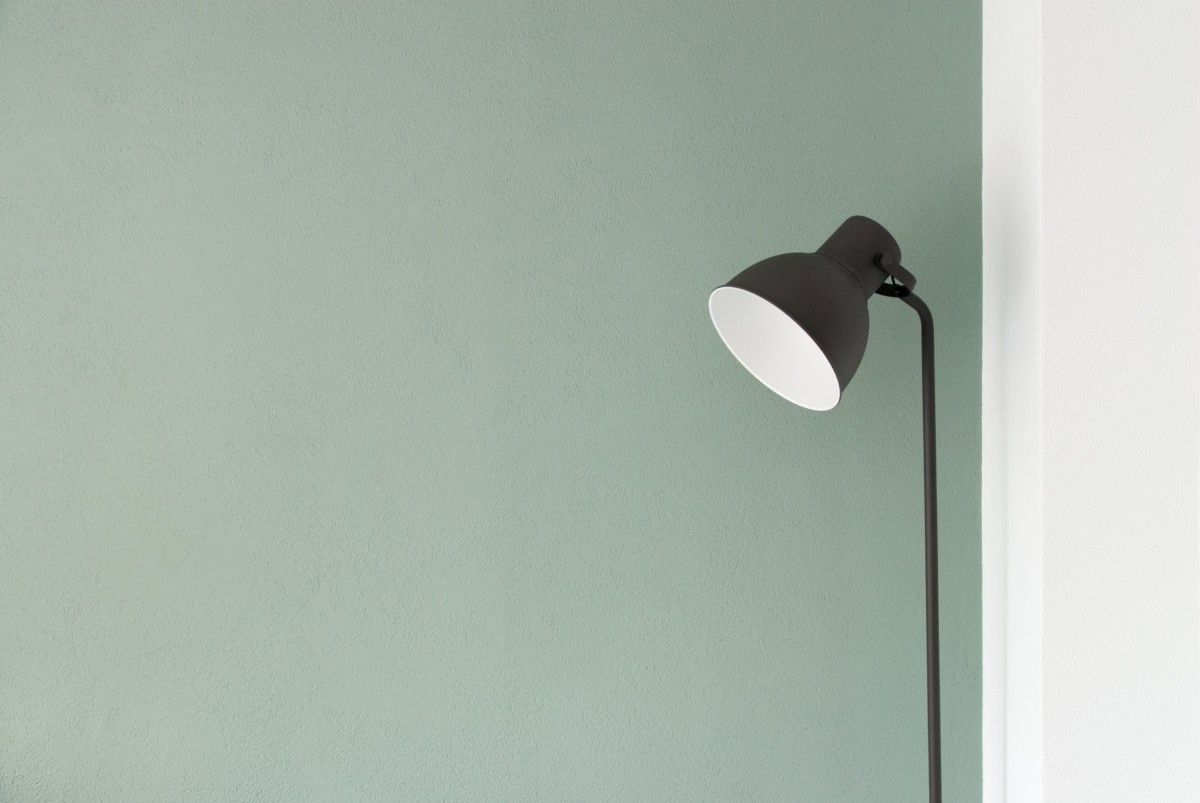
#11: Ponder your paint options
Paint color can make or break a space – it’s essential to consider your paint options thoroughly before deciding on your living room remodel.
Today, many homeowners are using monochrome palettes. Danae Branson from Elite Design Assistants notes that “a common way to achieve a monochrome palette is by painting the entire living room the same color, including the ceiling, fireplace, and mantel. Another option is to use organic, neutral palettes like whites, tans, natural hardwoods, and accents of black for contrast.”
#12: Figure out your flooring
Flooring is an essential piece of your living room. However, redoing your flooring can be expensive. Here are some expert tips to help you on your way and save your budget.
Joe Taylor from Carpets in the Park notes that “luxurious hardwood flooring will enhance any new design theme you may want to use, but can cost quite a bit. If you’re on a budget, get the look of real hardwood flooring with Luxury Vinyl Plank Flooring, a much cheaper hardwood alternative.”
Rugs are a simple and effective solution if your budget is tight. “The right rug can simplify the remodeling process and keep costs low,” notes Christy Lesseig from Sisalcarpet.com. “For the most customizable option, try natural fiber and other fabric rugs to provide a neutral foundation for your space. This way, you can change your mind a few years down the road without having to redo your flooring.”
Consider concrete flooring as well. Sarah Hutchinson from Concrete Network believes it can be an excellent option for many homes. “Get rid of your carpet and opt for easy-to-clean and beautiful concrete flooring. You can create a warm look with concrete stains or a modern look with concrete polishing. Protect your floor with a good sealer, and you won’t have to worry about spills – just wipe them up.”
“If you have an open concept living space, use one type of flooring throughout to avoid awkward transitions,” says James Alexander, President of The Flooring Artists. “Vary the type of wood between your furniture, floors, and built-in cabinets for a more interesting space.”
#13: Consider how you can add character to your space
“Many homeowners want a natural character in their living rooms nowadays,” says Edgar Herrera from AA Marble & Granite. “A great way to do this is by using luxury stone or quartz panels. Quartz stones contain interesting patterns and are extremely strong, durable, and easy to maintain.”
Crown molding is a design element that will instantly elevate the look of a room. It can transform something simple and dull into a space full of elegance and character. Shila S. Griffith, Founder and Principal Designer at SG23 design, agrees. “Molding adds a finished look to your living room,” she says. “Adding or upgrading your baseboard trim, door and window casing, and crown molding can completely change the feel of a room. As a rule of thumb, molding should be more elaborate as the size of the room increases.”
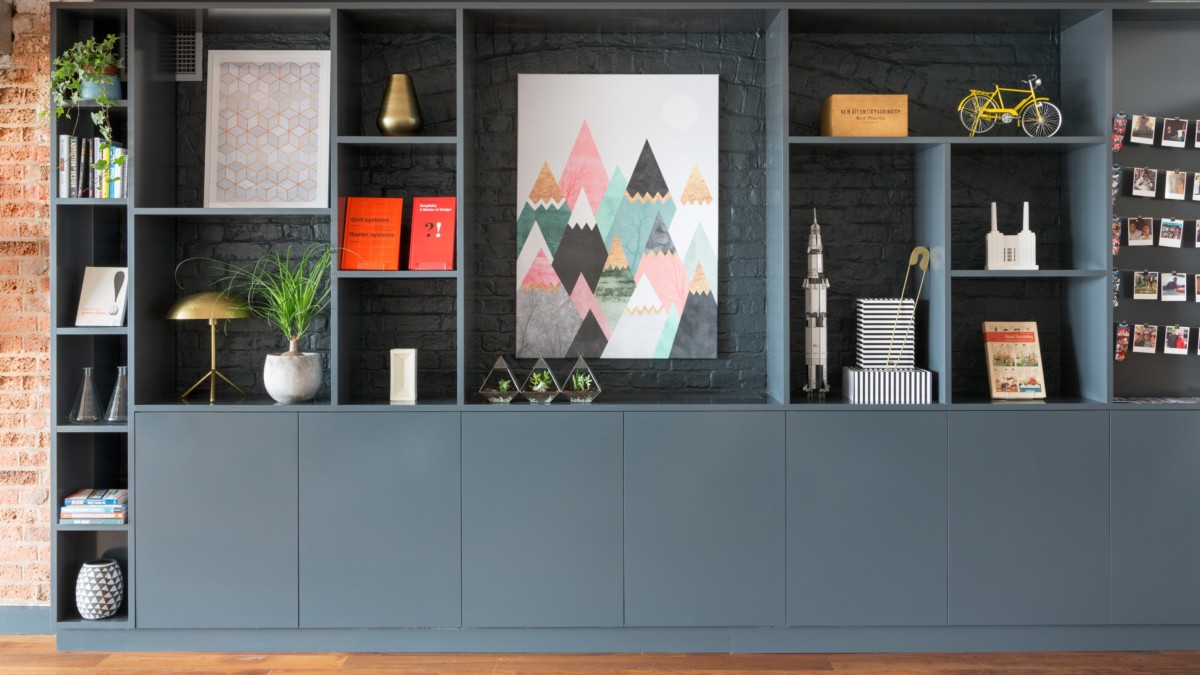
#14: Built-ins can anchor your room
Instead of using free-standing furniture, try tying your room together with classic built-ins. “Incorporating built-in cabinetry can add value to the home,” says Erica Islas from EMI Interior Design. “Along with extra value, it also looks good and adds architectural detailing. If you have extra time, take the opportunity to incorporate spaces for art, sculptures, and other unique pieces.”
Brenda Thompson, HouseLift Design Owner and Principal Designer, elaborates: “A great way to spruce up your living room without breaking the bank is to update your existing built-in cabinets or bookcases. Revitalize your cabinets with a splash of dramatic paint color, apply a fun wallpaper pattern to the back of your bookcases, or spring for fresh hardware to give your cabinets new life.”
#15: Revitalize your space with furniture
Now that your structural work is complete, focus on the large furniture pieces. Kaitlin Madden, a renowned interior designer, suggests investing in timeless furniture that you can accessorize down the road.
“A living room is a spot where you spend a lot of time, so it’s important to invest in the items that will get a lot of use, like a comfortable, high-quality sofa,” she says. “If you opt for timeless furniture pieces, you can simply reupholster it if you want to switch the style later. If you have kids or pets, it’s also a good idea to choose a sofa with performance upholstery or a slipcover for easy cleaning.”
#16: Finalize the finishing touches for your living room remodel
Finally, your room is almost complete. Your furniture is in place, your walls are finished, and your floors are beautiful. Your last step is to finalize the finishing touches. Here are tips from experts to guide you through the process.
“Give your living room a modern look by mounting the TV above your fireplace or on the wall above a floating shelf,” says Kristin Ackmann from Fixer. “For a clean look, try concealing wires by installing an additional electrical outlet behind the TV.”
“The Danish practice of Hygge is a popular design trend nowadays,” says Scotti Steele from Steele The Stage. “People want to cultivate a cozy, chaos-free lifestyle within their home. To bring this into your living room, use weighted blankets, soft lighting, and warm colors.”
Every room can use some plants. Stephanie Lindsey from Etch Design Group believes they are essential for freshening up your space. “To freshen up your living room, add greenery and flowers; they’ll help bring positive energy to your home. Next, add color by swapping out the accent pillows in your living room. These are fast, cost-effective updates without feeling like you’re committing to big decisions.”
Lastly, Joseph Ferrugio, CEO & Principal Designer at Ferrugio Design & Associates, recommends using simple feng shui principles to finalize your living room remodel. “Depending on where your room is located, add some calming natural elements with a tree, some plants, chimes, candles, a water fountain, or even relaxing music. Feng shui is all about the art of placement and can be difficult, so ask an expert if you have questions.”
The post 16 Living Room Remodel Tips to Design Your Perfect Space appeared first on Redfin | Real Estate Tips for Home Buying, Selling & More.
